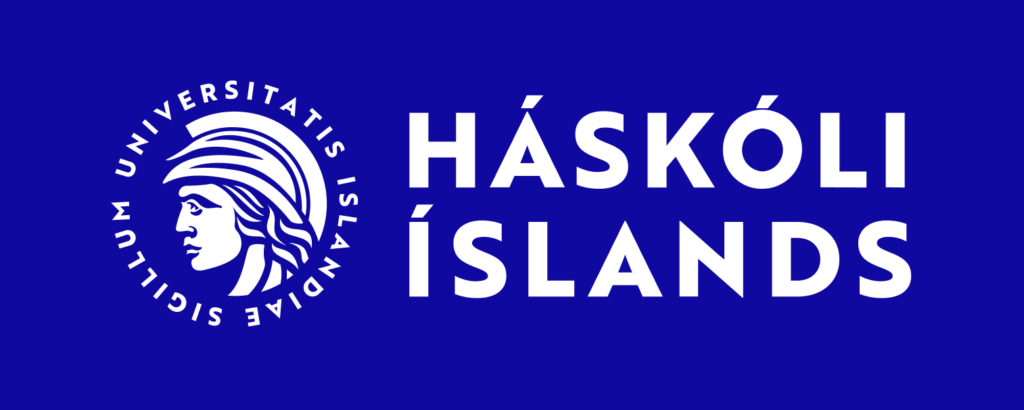Salmonids are especially vulnerable during their embryonic development, but monitoring of their spawning grounds is rare and often relies on manual counting of their nests (redds). This method, however, is prone to sampling errors resulting in over- or underestimations of redd counts. Salmonid spawning habitat in shallow water areas can be distinguished by their visible reflection which makes the use of standard unmanned aerial vehicles (UAV) a viable option for their mapping.
We aimed to develop a standardised approach to detect salmonid spawning habitat that is easy and low-cost. We used a semi-automated approach by applying supervised classification techniques to UAV-derived RGB imagery from two contrasting lakes in Iceland (i.e. Thingvallavatn and Elliðavatn). For both lakes six endmember classes were obtained with high accuracies. Most importantly, producer’s and user’s accuracy for classifying spawning redds was >90% after applying post-classification improvements for both study areas.
What we are proposing here is an entirely new approach for monitoring spawning habitats which will address some of the major shortcomings of the widely used redd count method e.g. collecting and analysing large amounts of data cost and time efficiently, limiting observer bias, and allowing for precise quantification over different temporal and spatial scales.
Lieke’s paper on this topic was published in August 2023 in PLOS One.
Ponsioen L, Kapralova KH, Holm F, Hennig BD (2023) Remote sensing of salmonid spawning sites in freshwater ecosystems: The potential of low-cost UAV data. PLOS ONE 18(8): e0290736. https://doi.org/10.1371/journal.pone.0290736


